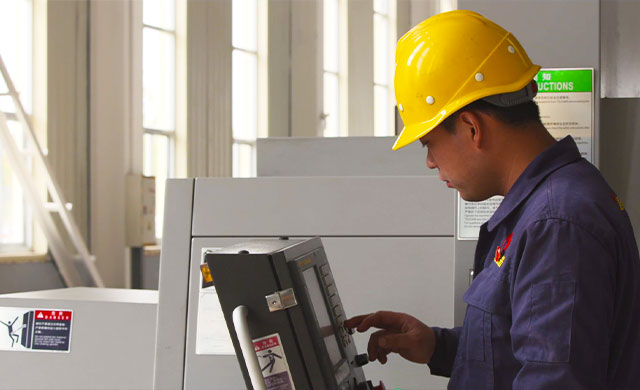
Nov . 07, 2024 06:46
Back to list
Understanding the Function and Importance of Gas Safety Relief Valves in Systems
Understanding Gas Safety Relief Valves
In the realm of industrial safety, gas safety relief valves play a crucial role in protecting equipment and personnel from the potential hazards associated with overpressure situations. These valves serve as the last line of defense against unregulated pressure buildup in gas systems, ensuring safety, efficiency, and compliance with industry standards.
What is a Gas Safety Relief Valve?
A gas safety relief valve is a mechanical device designed to automatically release excess pressure from a gas system when it exceeds a pre-defined limit. This is essential in preventing catastrophic failures of equipment, such as boilers, pipes, and storage tanks, which can result in dangerous explosions or leaks. The relief valve functions by opening to divert the gas until pressure levels are back within the safe operating range.
How Does It Work?
The operation of a gas safety relief valve is straightforward yet effective. The valve is set to a specific pressure limit, known as the set pressure. When the pressure in the system rises to this level, the valve opens, allowing gas to escape safely into the atmosphere or into a recovery system. Once the pressure drops below the set threshold, the valve automatically closes, preventing any unnecessary loss of gas. The simplicity of this mechanism is what makes relief valves so reliable in preventing overpressure incidents.
Types of Gas Safety Relief Valves
There are several types of gas safety relief valves, each designed for specific applications and pressures. The most common types include
1. Spring-Loaded Relief Valves These are the most widely used type, where a spring holds the valve closed against system pressure. When the preset pressure is exceeded, the spring compresses, allowing the valve to open.
gas safety relief valve

2. Pilot-Operated Relief Valves These utilize a smaller pilot valve to control the main valve. They are suitable for applications requiring tight pressure control and can handle larger flow rates.
3. Blow-off Relief Valves Typically used in gas compressor systems, these valves open suddenly to vent excess pressure, providing quick relief in critical situations.
Importance of Regular Maintenance
Regular maintenance and inspection of gas safety relief valves are essential for ensuring their proper functioning. Over time, valves can become fouled, corroded, or worn due to the harsh conditions of the gas environment. A malfunctioning relief valve can lead to severe repercussions, such as unchecked overpressure, which might compromise the integrity of the entire system.
Preventive measures include periodic testing of the valve's operation, calibrating the set pressure, and replacing any worn components. Regulatory bodies often mandate inspections at defined intervals, emphasizing the importance of compliance to avoid penalties and ensure safety.
Regulations and Standards
Gas safety relief valves must adhere to various industry standards and regulations, which vary by country and application. In the United States, the American Society of Mechanical Engineers (ASME) sets forth regulations that dictate the design, testing, and maintenance of these safety devices. Ensuring compliance with these standards not only enhances safety but also improves operational efficiency and reliability.
Conclusion
Gas safety relief valves are a fundamental component of pressure relief systems in various industrial applications. By understanding their function, types, and importance, businesses can better implement safety measures to protect their employees and assets. Regular maintenance and adherence to regulatory standards further enhance the effectiveness of these critical devices, ensuring that they perform optimally in safeguarding against the dangers of overpressure. Investing in the proper installation and upkeep of gas safety relief valves is not just a regulatory requirement but a vital aspect of maintaining a safe working environment.
Latest news
-
Safety Valve Spring-Loaded Design Overpressure ProtectionNewsJul.25,2025
-
Precision Voltage Regulator AC5 Accuracy Grade PerformanceNewsJul.25,2025
-
Natural Gas Pressure Regulating Skid Industrial Pipeline ApplicationsNewsJul.25,2025
-
Natural Gas Filter Stainless Steel Mesh Element DesignNewsJul.25,2025
-
Gas Pressure Regulator Valve Direct-Acting Spring-Loaded DesignNewsJul.25,2025
-
Decompression Equipment Multi-Stage Heat Exchange System DesignNewsJul.25,2025

